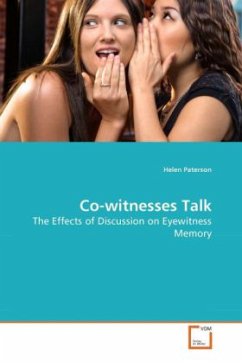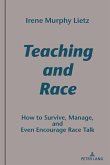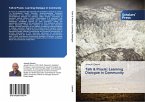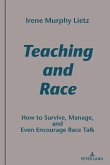The research presented in this book describes a series of novel studies investigating the effects of co-witness discussion on eyewitness memory. By surveying witnesses and police officers, Paterson reveals that discussion amongst witnesses is a very common phenomenon. Through experimental studies she demonstrates that such discussion can serve as an exceptionally powerful form of memory contamination. That is, it can cause individuals to report events that they did not see, or to misremember the details of events they did observe. This process, which has become known as "memory conformity", reveals that a group of witnesses can come to share a single, inaccurate memory for the event. Furthermore, this research shows that memory conformity persists, even when participants are warned that they have been exposed to misinformation by their co-witness and when participants are interviewed using best-practice procedures. This research has made significant theoretical contributions to our understanding of the mechanisms underlying memory conformity. Furthermore, the applied focus of this research underscores the significance of its practical implications.
Bitte wählen Sie Ihr Anliegen aus.
Rechnungen
Retourenschein anfordern
Bestellstatus
Storno








